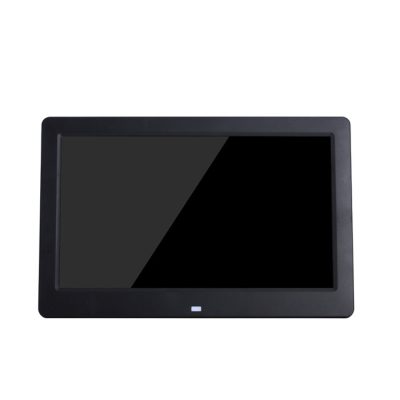Touch screen calibration is a critical process that ensures the accuracy and precision of touch inputs on a touch screen device. It matters for several important reasons:
- Accuracy of Input: Calibration ensures that when you touch a specific point on the screen, the device accurately registers that touch at the intended location. Without proper calibration, the touch inputs may be misaligned, leading to frustration and errors in user interactions.
- User Experience: Properly calibrated touch screens provide a seamless and frustration-free user experience. Users expect their interactions with touch devices to be smooth and accurate, and calibration helps meet these expectations.
- Multi-Touch Support: Many modern touch screens support multi-touch gestures, such as pinch-to-zoom, two-finger scrolling, and rotation. Calibration is essential to accurately detect and respond to multiple touch points simultaneously, enabling a richer user experience.
- Consistency: Calibrating touch screens ensures consistency in touch accuracy across the entire surface of the screen. It ensures that touch inputs are reliable and predictable, regardless of where on the screen the user interacts.
- Optimal Performance: Calibration helps optimize the performance of touch screens, ensuring that they respond consistently and reliably over time. Without regular calibration, touch screens may drift or become less accurate as they age.
- Preventing Errors: In critical applications, such as medical devices or industrial control systems, inaccurate touch inputs can lead to errors, safety risks, and costly mistakes. Calibration is essential to prevent such issues.
- Accessibility: For individuals with disabilities who rely on touch screen devices, accurate calibration is crucial. It ensures that assistive technologies, such as screen readers and voice commands, work effectively.
- Gaming and Entertainment: In gaming and entertainment applications, especially those involving fast-paced or precision gameplay, calibration ensures that touch controls respond accurately to user actions, enhancing the gaming experience.
- Productivity: In business and productivity applications, accurately calibrated touch screens can improve efficiency and reduce user frustration, leading to increased productivity.
- Customization: Calibration can be used to fine-tune touch sensitivity and response to match specific user preferences or requirements, making the device more user-friendly.
- Repair and Maintenance: When a touch screen is replaced or undergoes physical changes (e.g., due to damage or screen replacement), calibration may be necessary to ensure that the new screen functions correctly.
In summary, touch screen calibration is essential for ensuring that touch-enabled devices deliver accurate, reliable, and consistent touch inputs. It plays a crucial role in enhancing the user experience, enabling multi-touch support, preventing errors, and ensuring that touch screens perform optimally in various applications and industries. Regular calibration and maintenance are important to keep touch screens functioning at their best over time.















